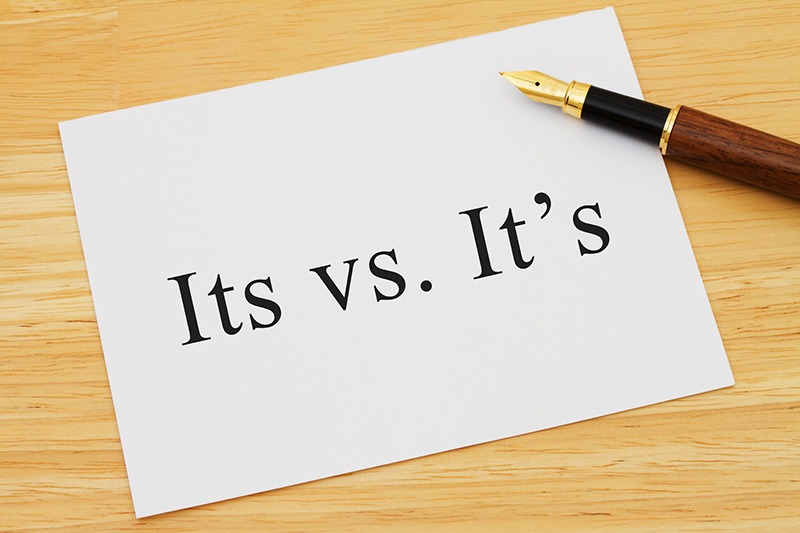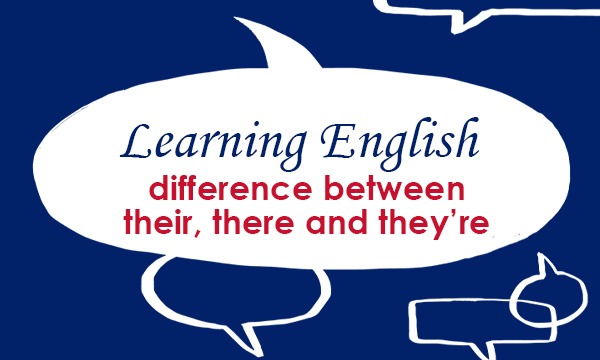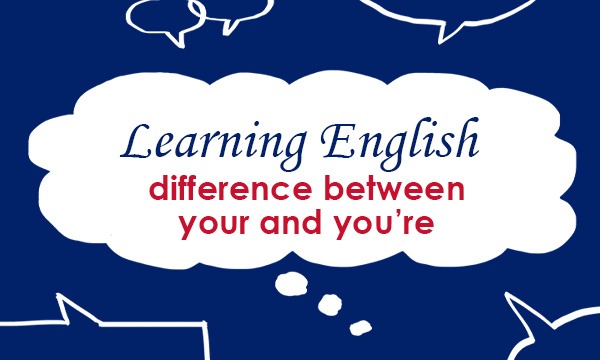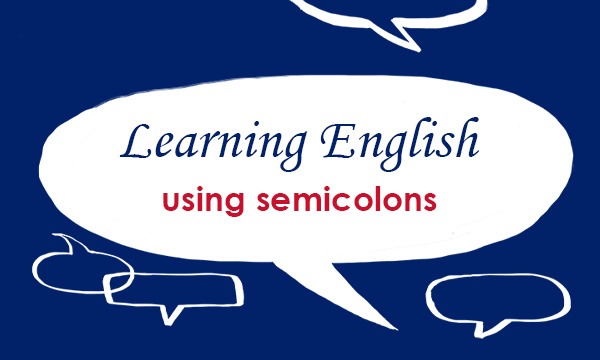
Its and it’s are homophones that are often confused by learners and native speakers of English alike. Here is a short guide to help understand the difference between them.
its
Its is a possessive determiner. You use its to show that something belongs or relates to a thing, place, animal, or child.
The chair fell over on its side.
A bird was building its nest.
The baby dropped its toy and started to cry.
it’s
It’s is a contraction, meaning that it is a shortened form of ‘it is’ or `it has’. The apostrophe replaces the missing letters when the two words are combined.
It’s just like riding a bike.
It’s been nice talking to you.
Do you know if it’s going to rain today?
For further information on English Usage, visit: https://grammar.collinsdictionary.com/english-usage
Come back for other blogs on using English in everyday situations:
https://blog.collinsdictionary.com/language-learners/learning-english
All opinions expressed on this blog are those of the individual writers, and do not necessarily reflect the opinions or policies of Collins, or its parent company, HarperCollins.



